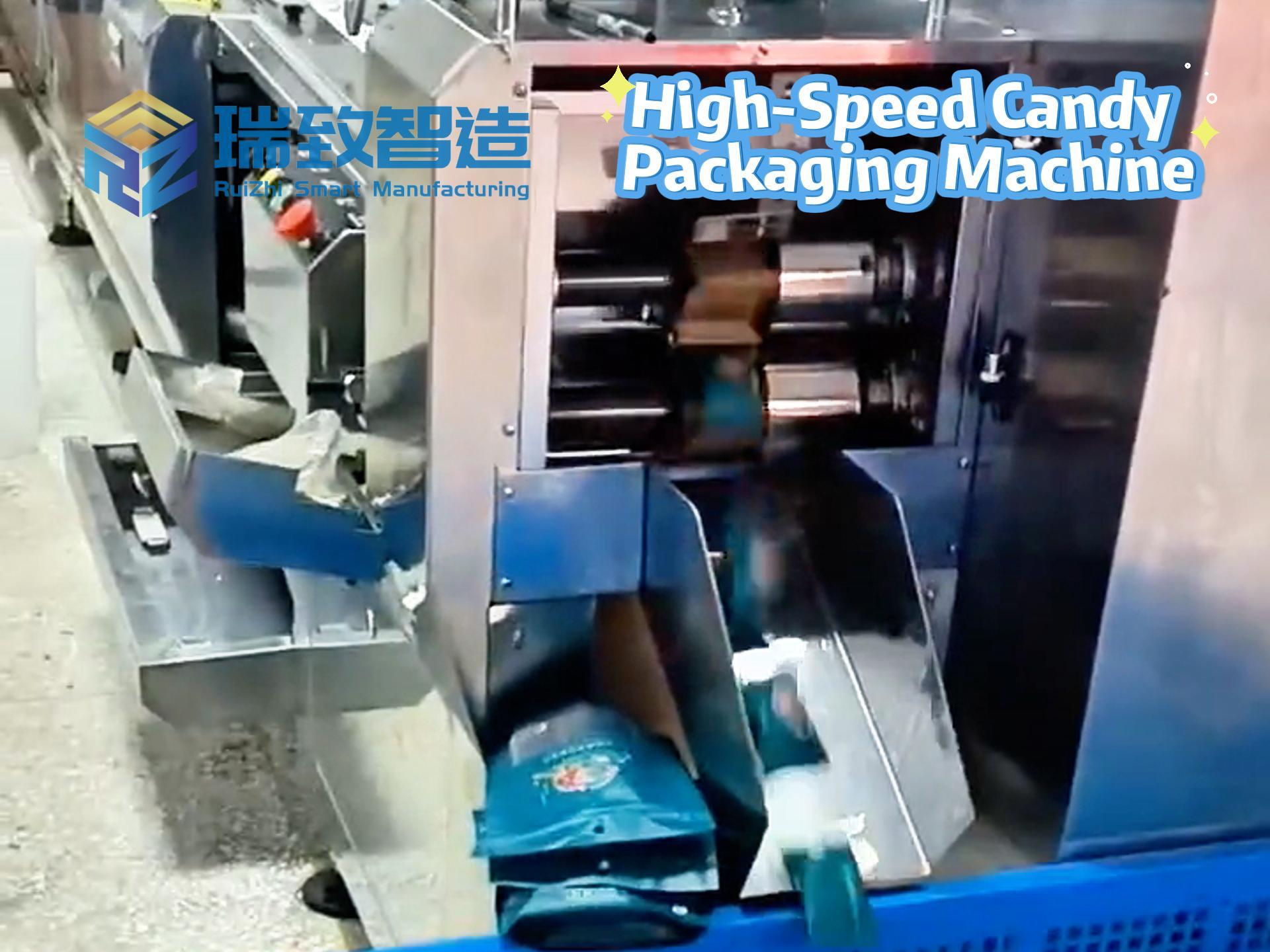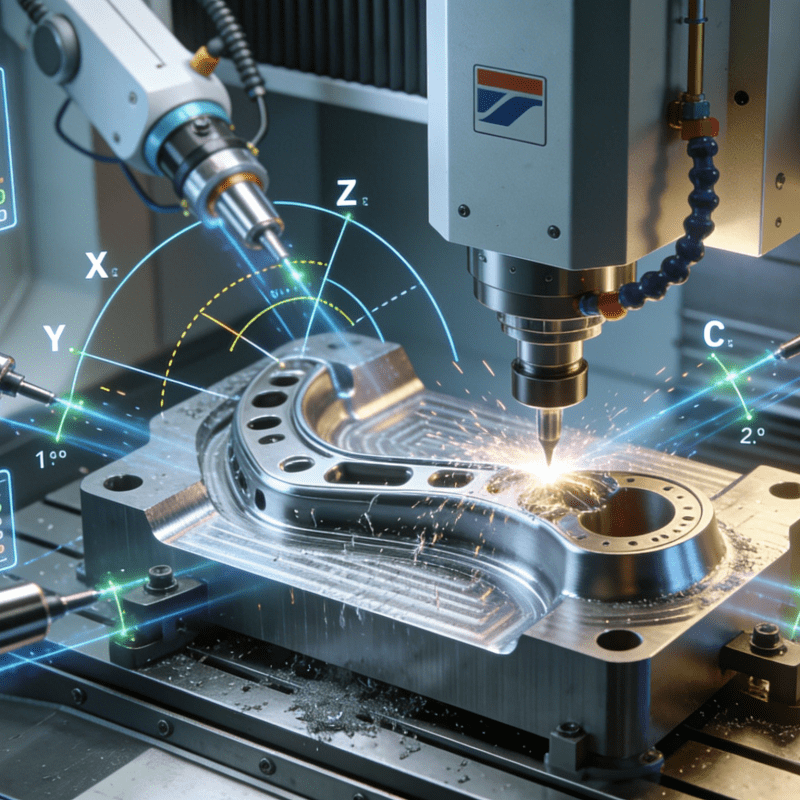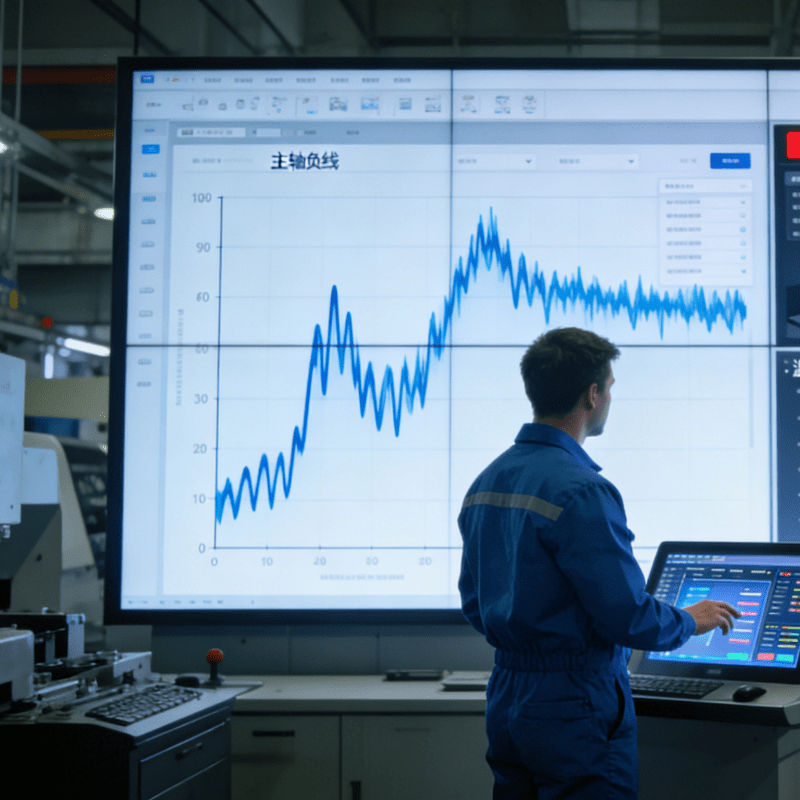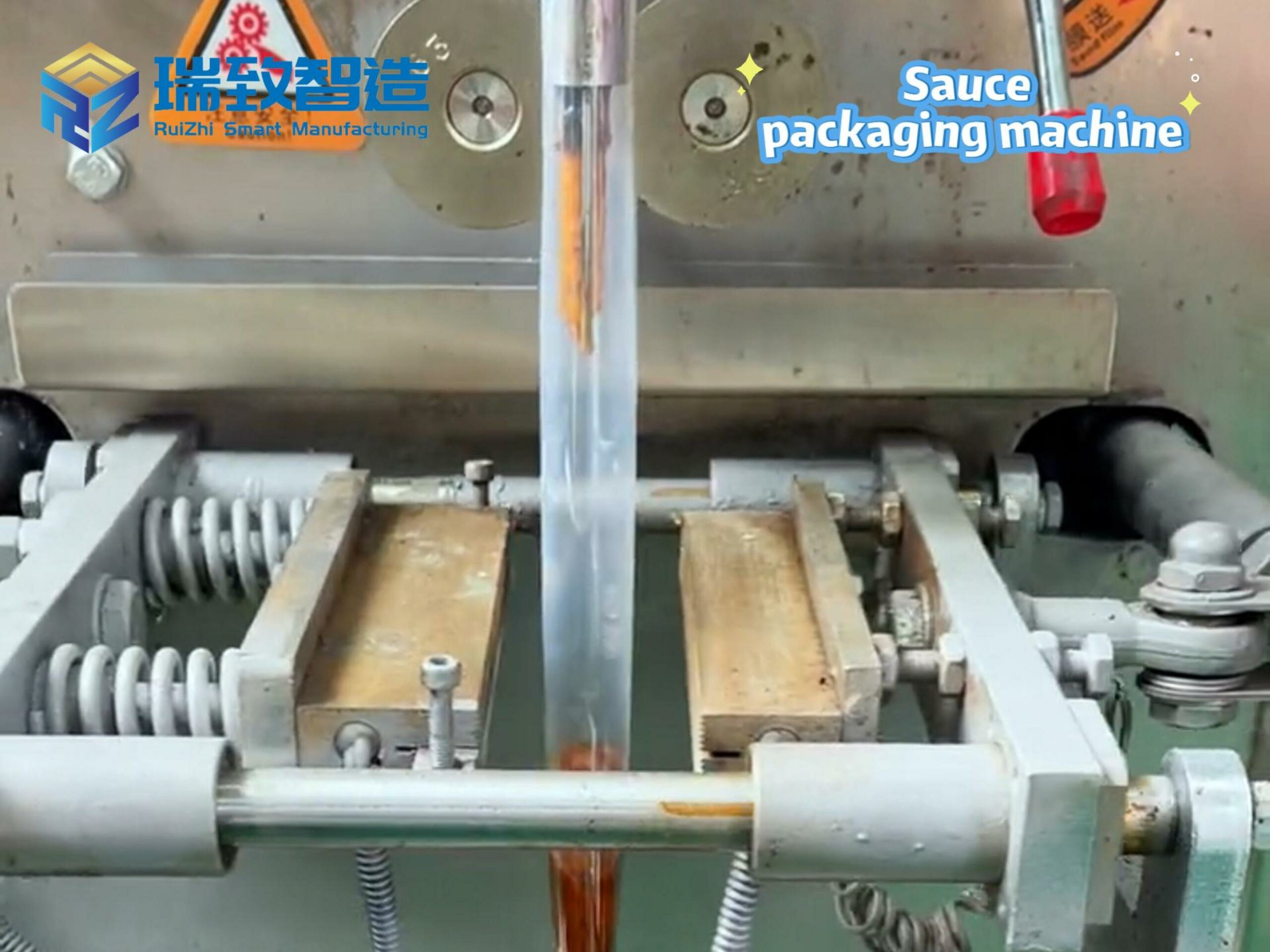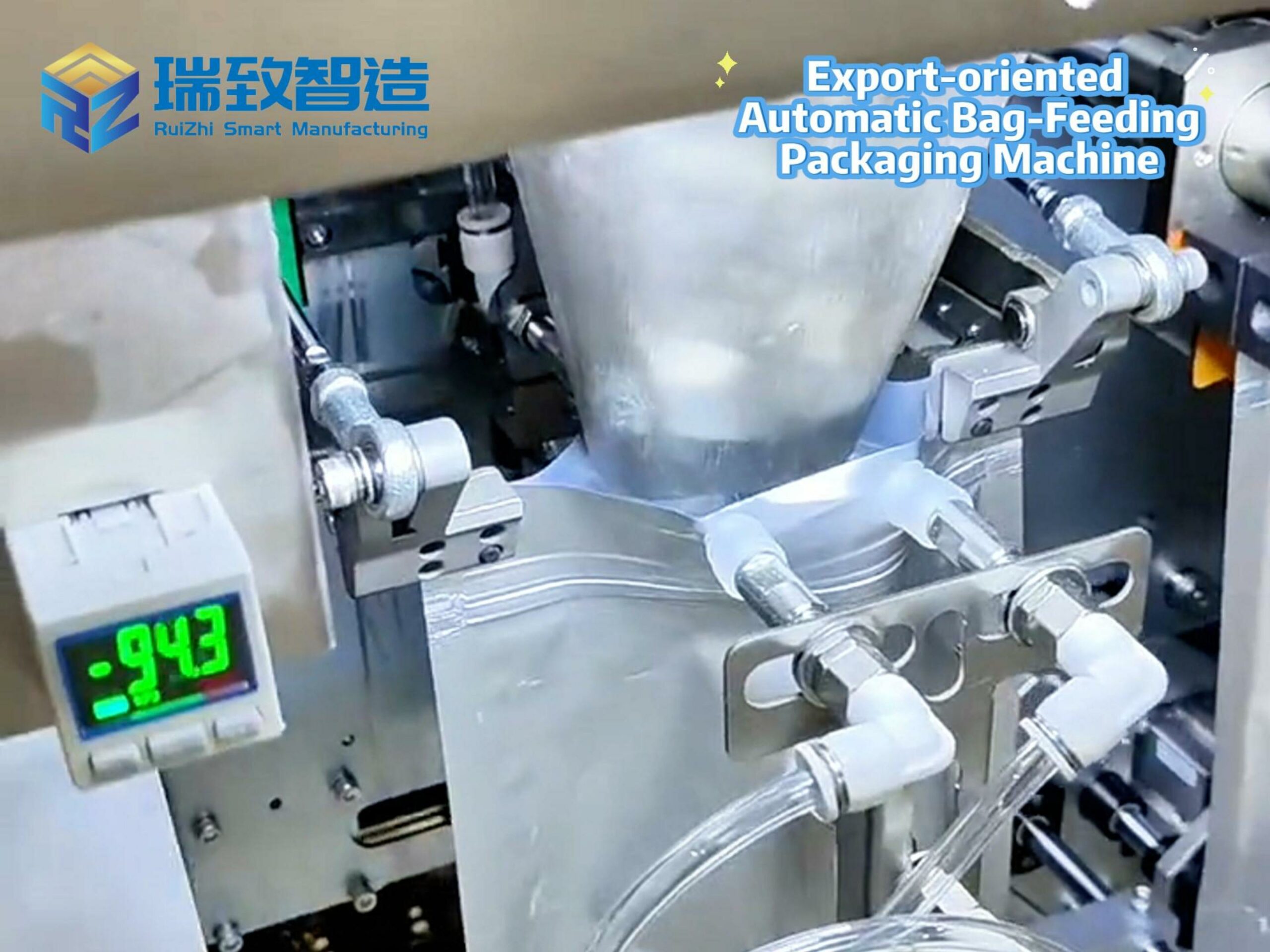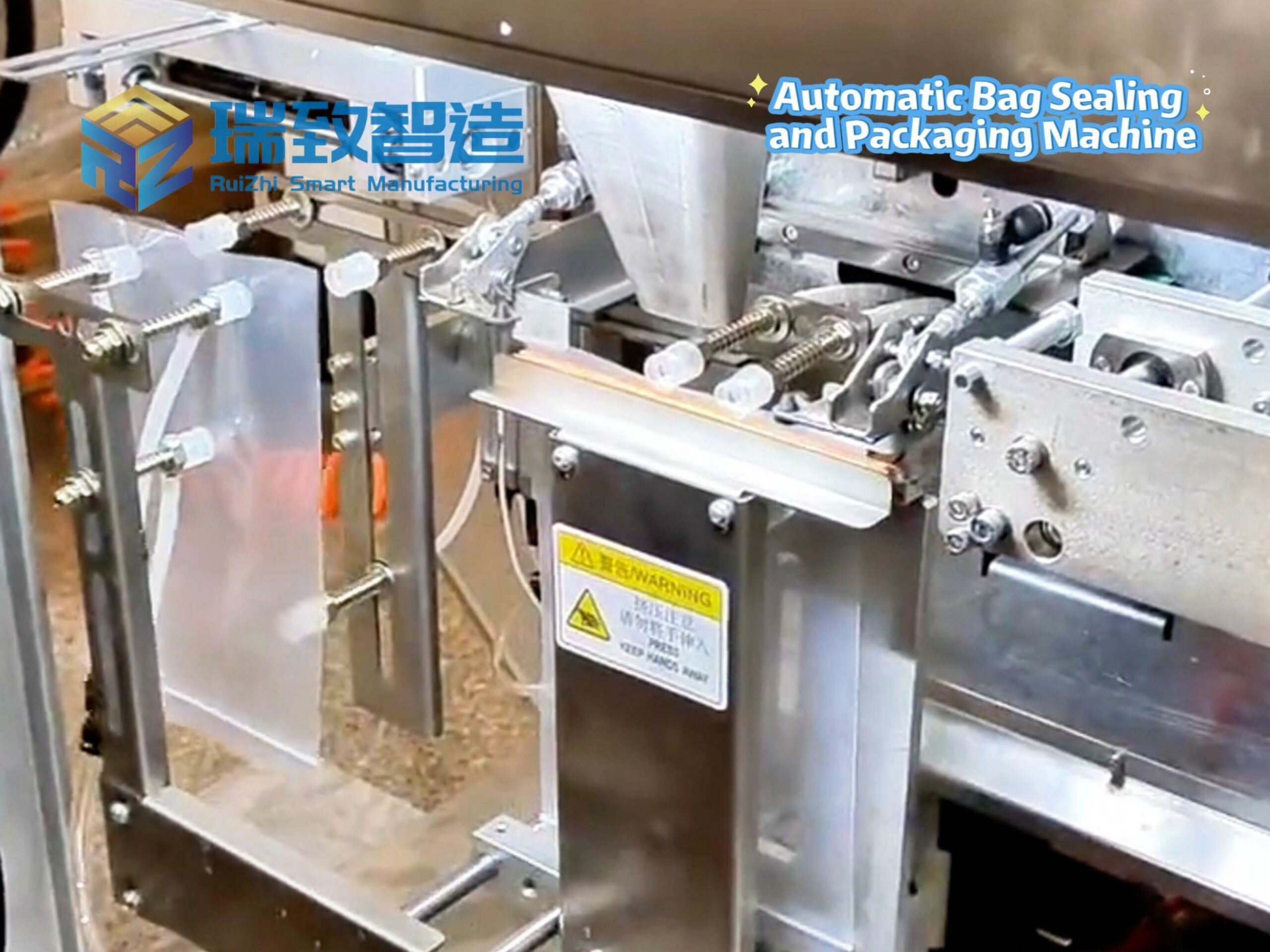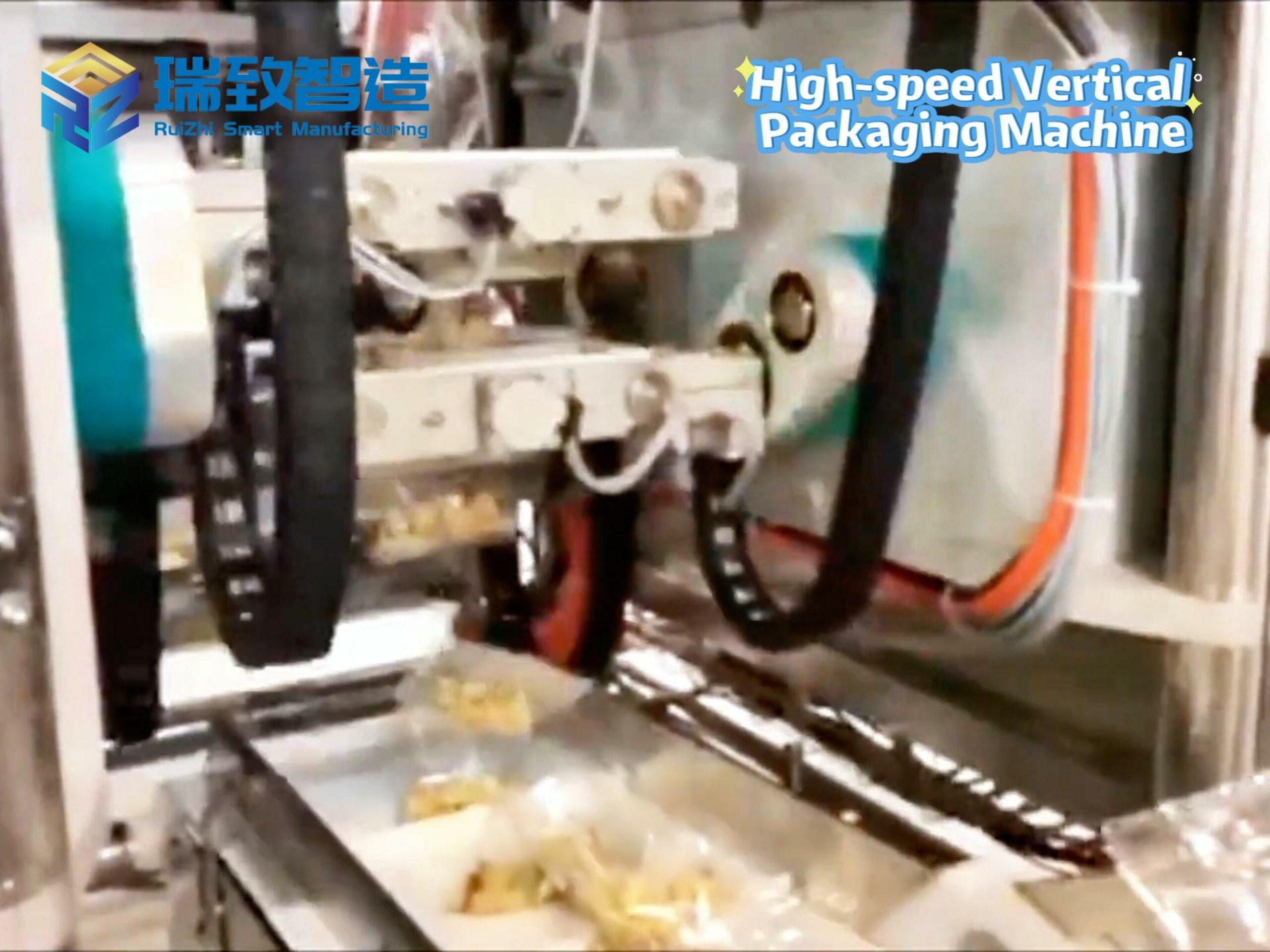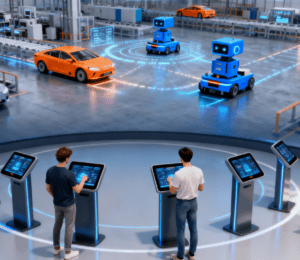
Dual AI Platforms Launch Public Beta: Technological Breakthroughs Address Industrial Transformation Pain Points
In the developer interaction area, the launch of the public beta for two major AI platforms became the focal point of the entire venue. Centered on Retrieval-Augmented Generation (RAG) technology, the Siemens Xcelerator AI Knowledge Base Development Platform 1.0 features three core functional modules—intelligent document parsing, multi-mode retrieval configuration, and real-time hit testing—to help enterprises quickly build intelligent knowledge bases deeply integrated with Large Language Models (LLMs). This platform effectively resolves the industry-wide challenge of isolation between LLMs and enterprises’ exclusive knowledge, significantly reducing the AI hallucination rate. Currently, it leverages Alibaba Cloud’s GPU computing resources and cloud service infrastructure to ensure stable performance.
In the exhibition area for the Industrial Agent Development Platform, dynamic demonstrations showcased its core capability of “multi-agent collaboration and autonomous planning”. For the first time, scenario templates for industrial agent solutions were released for industries such as automotive, steel, food, and materials. These templates enable industrial AI developers to quickly build industrial agents, greatly reducing the costs of AI modeling and workflow development. The platform also provides over 5,300 third-party MCP services and multiple Siemens industrial API plugins, enabling no-code resolution of factory needs such as predictive maintenance, process optimization, and industrial control. Through the collaboration of industrial multi-agents, it enhances production efficiency and automation levels. Exhibition guests were able to operate the platform on-site for hands-on experience, while technical staff explained the platform’s core functions on-site to help the audience understand the application value of industrial agents.
Full-Stack Product Matrix: Scenario-Based Demonstration of Industrial AI Implementation Paths
At the exhibition, Siemens Xcelerator also created an exhibition space for in-depth “technology-scenario” integration, with a range of core products covering the entire industrial value chain.
Gongyi Mofang AI-Driven Robot: Siemens’ Gongyi Mofang intelligent robot control, combined with the Tongyi Large Model, enables efficient AI dialogue and improves factory operation efficiency. By leveraging Tongyi Qianwen for semantic integration, it generates Gongyi Mofang workflows to realize intelligent robot control—saving time for robot program debugging in different on-site scenarios, significantly reducing factory operation costs, and enhancing stability.
Sheet Automatic Loading Robot: Specifically designed for sheet processing scenarios in automotive, electronic semiconductor, and hardware industries, this robot integrates Siemens’ industrial AI vision positioning and servo control technology. It can adapt to metal, plastic, and composite sheets of different sizes (500×500mm to 2000×3000mm) and thicknesses (0.5-10mm), automatically adjusting grabbing force (50-500N) to avoid sheet deformation during loading. With a positioning accuracy of ±0.1mm and a loading speed of up to 12 pieces per minute, it effectively solves the pain points of low efficiency and high error rates in manual sheet loading. It also links with Siemens Engineering Copilot TIA AI Assistant to automatically configure grabbing force and feeding rhythm based on sheet material properties, achieving seamless collaboration with downstream laser cutting or stamping equipment.
Siemens Engineering Copilot TIA AI Assistant: Empowering the manufacturing industry with generative AI, it starts with engineering processes in the first phase. On-site demonstrations showed the entire process of generating PLC code, creating TIA Portal projects, and configuring equipment parameters through natural language descriptions. It also demonstrated functions such as document analysis and annotation, batch processing of HMI interfaces, and project text translation, intuitively showcasing its value in reducing repetitive engineering tasks.
Siemens Self-Developed Time-Series Foundation Model: Pre-trained with massive high-quality industrial time-series data, it possesses strong generalization capabilities for prediction scenarios in discrete manufacturing, process industry, energy, transportation, buildings, and other fields. Without fine-tuning, the model can realize functions such as trend prediction, anomaly detection, and data classification, accelerating the large-scale application of industrial AI solutions.
Altair RapidMiner Platform: As a powerful data analysis and AI platform, it is not only for modeling but also an integrated platform. Monarch within the platform enables rapid data cleaning and integration; Graph Studio connects information into knowledge graphs; AI Studio allows modeling and iteration like building blocks; and Panopticon converts results into intuitive decisions—realizing a closed loop from data to value.
In terms of green and low-carbon development, Xi Tanji (SiTANJI) launched the In-depth Insight Report on Enterprise Green Global Expansion 3.0 and a one-stop CBAM compliance toolbox, forming a closed-loop green global expansion solution. Carbon neutrality experts demonstrated on-site how to use AI technology to achieve precise carbon footprint management throughout the product lifecycle, helping enterprises adapt to new global green trade rules. The Desigo®Optic Building Digital Platform, combined with the edge hardware F200, showcased integrated scenarios for building management, energy management, and lighting control, highlighting its features of “lightweight yet powerful, and supporting independent innovation”. Based on this, Siemens launched the AIoT Lighting integrated hardware-software solution, realizing energy conservation and consumption reduction, and achieving seamless connectivity between people, objects, and spaces.

Ecosystem Collaboration: Achievements of the Star Program Applied in Industrial Scenarios
The exhibition of joint solutions by Siemens Xcelerator ecosystem partners demonstrated the collaborative value of the platform’s open ecosystem.
Among them, Laimi Technology brought the “Lineme HVAC Intelligent Control” solution. By combining energy-saving technology with Siemens’ Intelligent Cooling Cube AI Box, it realizes intelligent calculation of heat transfer in the smart computing center (from IT load to end-user air conditioning, then to cold source systems). Its on-site service commitment—”payment after energy saving; no payment if no energy saving”—attracted consultations from many data center enterprises.
Deep Vision’s AI Quality Inspection Solution uses robotic arms + cameras to achieve 360° surrounding photography and multi-angle dynamic inspection, covering all types of defects. While the robotic arm automatically plans the optimal shooting path, the generalization capability of the AI large model allows the same system to quickly switch to inspect workpieces of different models and materials, reducing line change time from hours to minutes.
About Siemens Xcelerator
Siemens Xcelerator is committed to making digital and low-carbon transformation simpler, faster, and more scalable. As an open digital business platform, it consists of a business portfolio, an ecosystem, and an online platform, empowering enterprises of different industries and sizes to achieve digital and low-carbon transformation.
Since the launch of the Siemens Xcelerator platform in China in 2022, it has maintained strong development momentum with a continuously expanding ecosystem. Currently, it has attracted hundreds of thousands of registered users and gathered over 200 ecosystem partners, covering digital and low-carbon solutions in key fields such as robotics and automation, industrial software, AI industrial applications, and knowledge education. These solutions are widely applied in industries including automotive, food and beverage, electronic semiconductors, data centers, and green buildings, forming a service system that runs through the entire process of R&D, manufacturing, and operation and maintenance.

